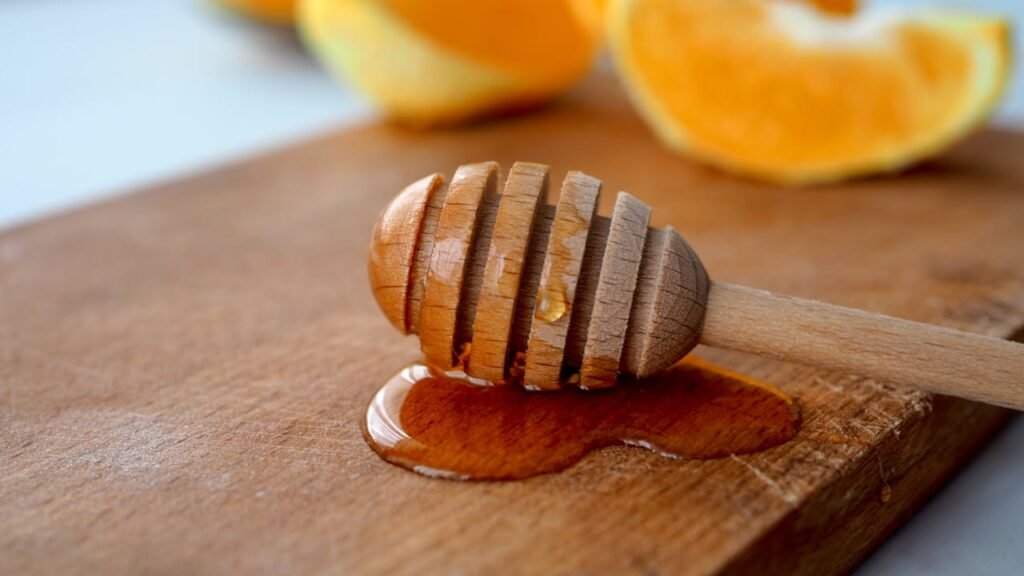What is Mānuka Honey?
Real Mānuka honey only comes from New Zealand. It is made from the nectar bees collect from the flowers of the native Mānuka bush (Leptospermum scoparium). It is a combination of the nectar and the way the bee turns it into honey that gives it its unique properties.
What Makes MGO Honey So Special?
In the world of natural remedies, few ingredients command as much attention and admiration as Manuka MGO honey. With a history steeped in tradition and a reputation for remarkable healing properties, this MGO honey variety has captured the fascination of cultures worldwide. Join us as we embark on a journey to uncover the secrets and wonders of Manuka MGO, exploring its ancient roots and modern-day marvels.
Dating back centuries, Manuka MGO honey has been revered by indigenous cultures for its medicinal qualities. From the Maori people of New Zealand to the ancient Egyptians, its healing powers were recognized and utilized for various ailments. Traditionally, MGO honey was applied topically to wounds and infections, showcasing its potent antibacterial and anti-inflammatory properties. As time progressed, its fame spread, becoming a cherished remedy in households across the globe.
What sets Manuka MGO honey apart from other types of honey is its unique composition, attributed to the nectar of the Manuka bush (Leptospermum scoparium). Rich in methylglyoxal (MGO), a compound with potent antibacterial activity, Manuka MGO honey boasts unparalleled therapeutic benefits. MGO is a key marker of Manuka MGO honey’s potency, with higher levels indicating greater antibacterial strength. Studies have shown its efficacy in treating wounds, soothing sore throats, and even combating certain strains of bacteria that are resistant to conventional antibiotics. This remarkable MGO honey acts as nature’s own pharmacy, offering a holistic approach to health and wellness.
In recent years, the popularity of Manuka MGO honey has surged, leading to a plethora of products flooding the market. From skincare creams to dietary supplements, the versatility of Manuka MGO knows no bounds. However, it’s essential to discern the quality and authenticity of Manuka MGO products, ensuring they contain sufficient levels of MGO for therapeutic efficacy. When purchasing Manuka MGO honey, look for a certified MGO rating, indicating the concentration of methylglyoxal present in the honey.
Why is Manuka Honey So Expensive?
Mānuka honey is rarer compared to other types of honey due to the intricate process of collection. Bees cannot be directed to specific plants, but they tend to gather nectar from what’s closest. Therefore, hives need to be located in areas densely populated by Mānuka trees to ensure exclusive collection. Additionally, Mānuka trees only flower for a few weeks each year, limiting the time available for honey production. Weather conditions and nectar production further influence the amount of honey produced annually.
Also known as MGO, this compound gives Mānuka honey its unique antibacterial properties. The level of MGO in Mānuka honey determines its UMF grade.
For centuries, Mānuka honey has been revered for its therapeutic and medicinal abilities. It’s used to treat wounds, improve digestion, strengthen immune support, and soothe coughs and sore throats. People consume it, mix it with water and drink it, and some even apply it to their skin!
Beyond its medicinal properties, Manuka MGO holds cultural significance for many communities around the world. In Maori culture, the Manuka tree is revered as a symbol of strength and vitality, with its MGO honey regarded as a sacred gift from the land. Similarly, in other indigenous traditions, Manuka MGO is seen as a source of healing and spiritual nourishment, embodying the interconnectedness of nature and humanity.
